Inbox and Environment News: Issue 413
July 21 - 27, 2019: Issue 413
NSW Government Plans To Decimate 100% Of Old Growth Forests - Logging Murray Valley National Park Being Facilitated Through New 'Study'
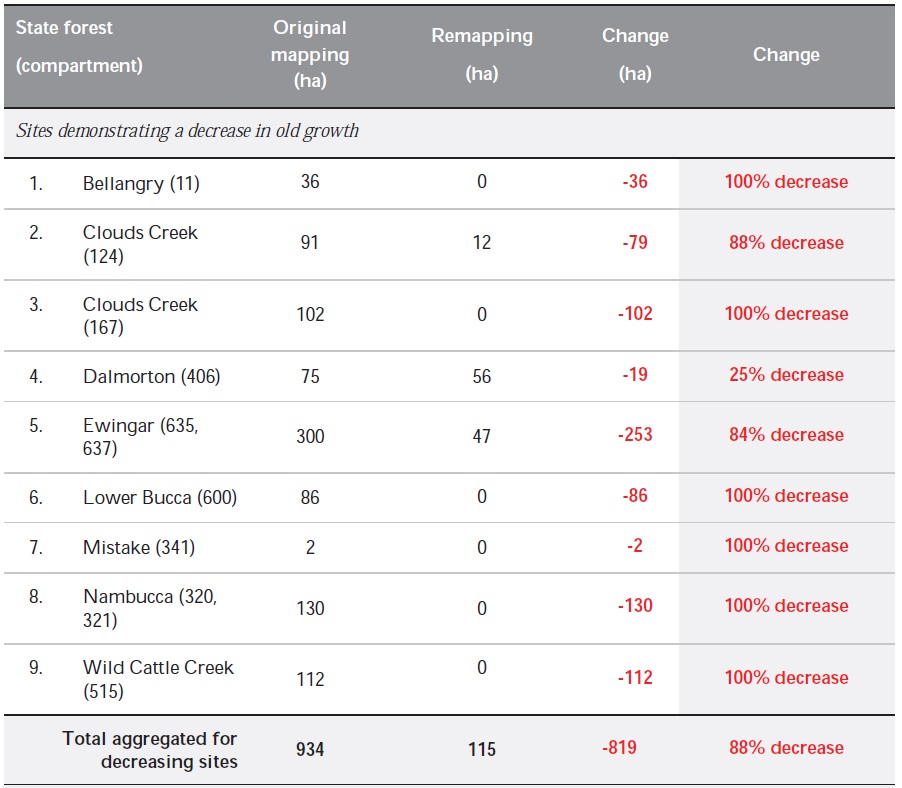
"Thousands of hectares of our old growth forests that have been protected for decades are on the chopping block. What you see here are the results of the NSW Government's initial old-growth remapping exercise for 9 state forest areas. It shows 819 out of 934 hectares of protected forest being opened up to logging - that's an 88% decrease in protected area."
The Natural Resources Commission of NSW has been asked to remap and rezone old-growth forest in state forest informal reserves that were previously off limits to logging. Environment groups are concerned the move is an attempt to unpick forest protections that have been in place for decades.An NRC pilot study has already examined 13 sites in the north-east. In findings published last year, the NRC said it had identified “significant errors” in old-growth forests maps. It drew up new maps that reduced the extent of protected old-growth in those areas by 78%.It is now embarking on a larger remapping exercise that would aim to rezone 14,600 hectares of old-growth. A draft assessment will be published for public comment next month.The remapping is to address a potential shortfall in the timber available for logging to meet contracts signed with Forestry Corporation NSW. The NRC identified the shortfall in advice it provided to the government in 2016.Jack Gough, the policy and research coordinator at the Nature Conservation Council of NSW, said it was “a sneaky way to open up forests to chainsaws”.“It’s clear that this process is being driven by a desire to access more wood and has nothing to do with a desire to protect our forests or protected species,” he said.The independent upper house member, Justin Field, has written to the premier, Gladys Berejiklian, and the ministers Rob Stokes, John Barilaro and Matt Kean calling for the remapping process to be halted until there was an independent review of “the supposed wood supply shortfall”.Field said the government could not hope to create a meaningful environmental legacy if it allowed logging of protected old-growth forests. “This process looks to be sacrificing environmental values and gifting some of our most precious native forests to the loggers,” he said. “This is a significant breach of faith with the community and environmentalists who worked with the government and the forestry industry decades ago to agree to preserve these special areas.”Environment groups said the NRC’s remapping in the pilot study was based not on the ecological value of the forests but on evidence of comparatively minor environmental disturbance such as fence lines, historic logging or weeds.Oisin Sweeney, a senior ecologist at the National Parks Association of NSW, said the pilot study data showed the sites examined had high ecological value including “high densities of hollow-bearing trees, huge amounts of dead timber and lots of standing dead trees”.“Forests like this are paradise for native wildlife because lots of our most threatened species need big trees with hollows,” he said, adding: “It’s abundantly clear that these forests have huge ecological values, and as such they must remain protected.”
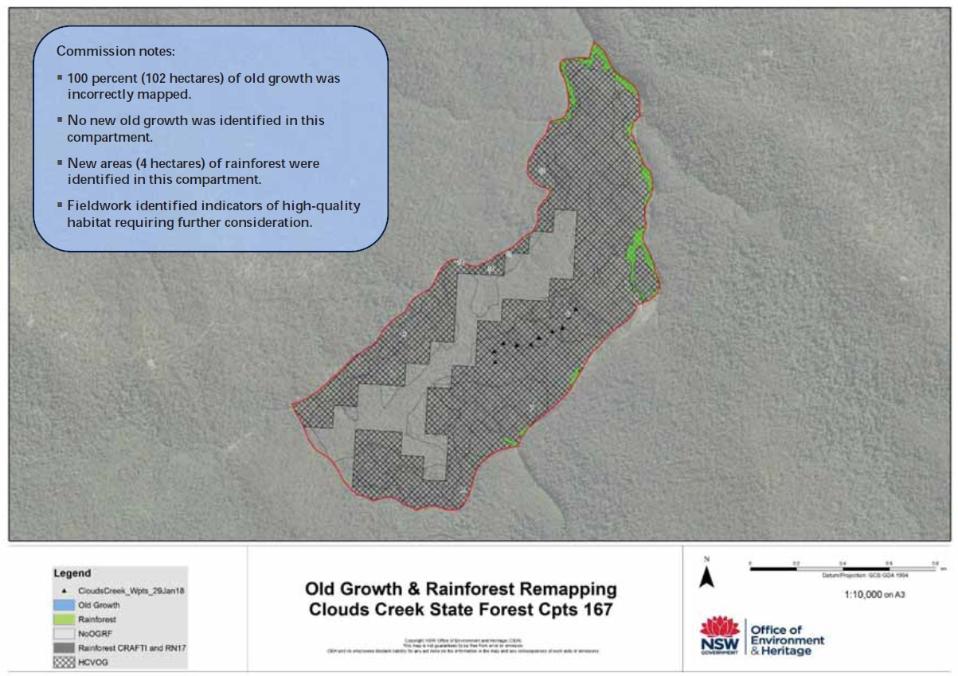
NSW Upper House Inquiry Into Koala Populations And Habitat In New South Wales
National Tree Day 2019
National Tree Day Planting At Toongari
- The pathway from Central Road is between 55 and 59 Central Road and joins the pathway from Bowling Green Lane, behind Pittwater Palms retirement village leading to Toongari Reserve.
- The pathway from Avalon Parade is the right-of-way at 118 Avalon Parade, which is beside the KU Avalon Kindergarten.
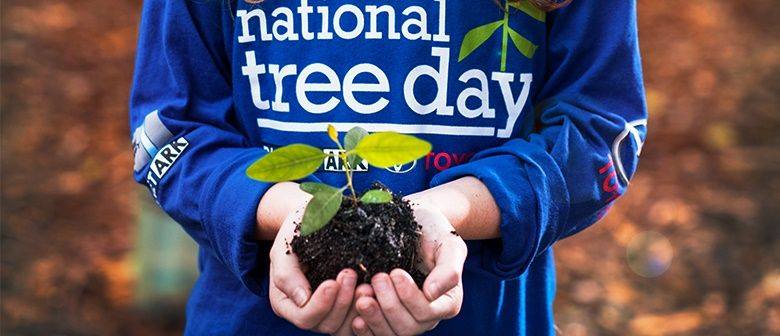
Barrenjoey Seal Colony Growing
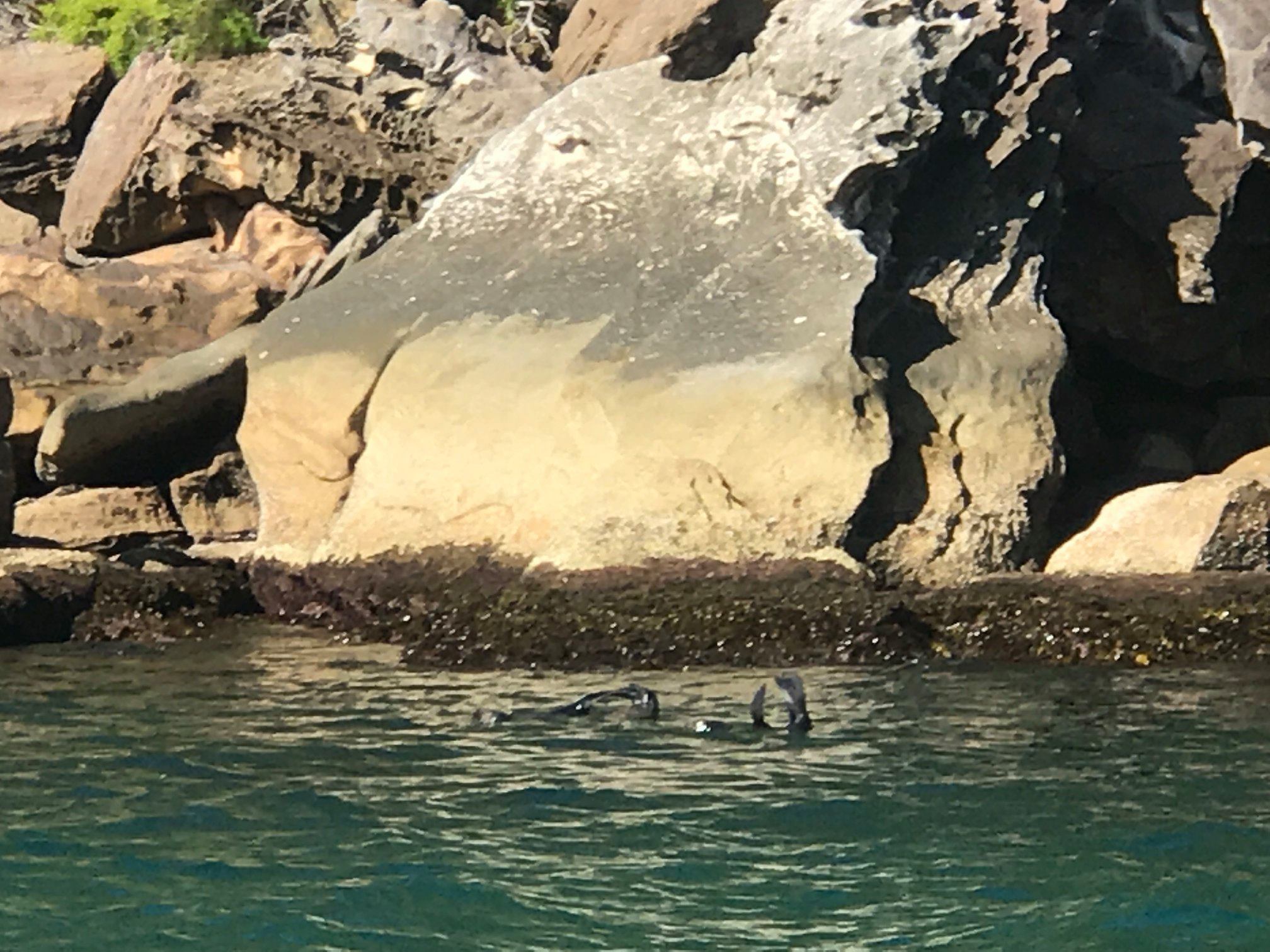
Hay! Demonstration To Stop Bylong Coal Mine Held In Sydney CBD
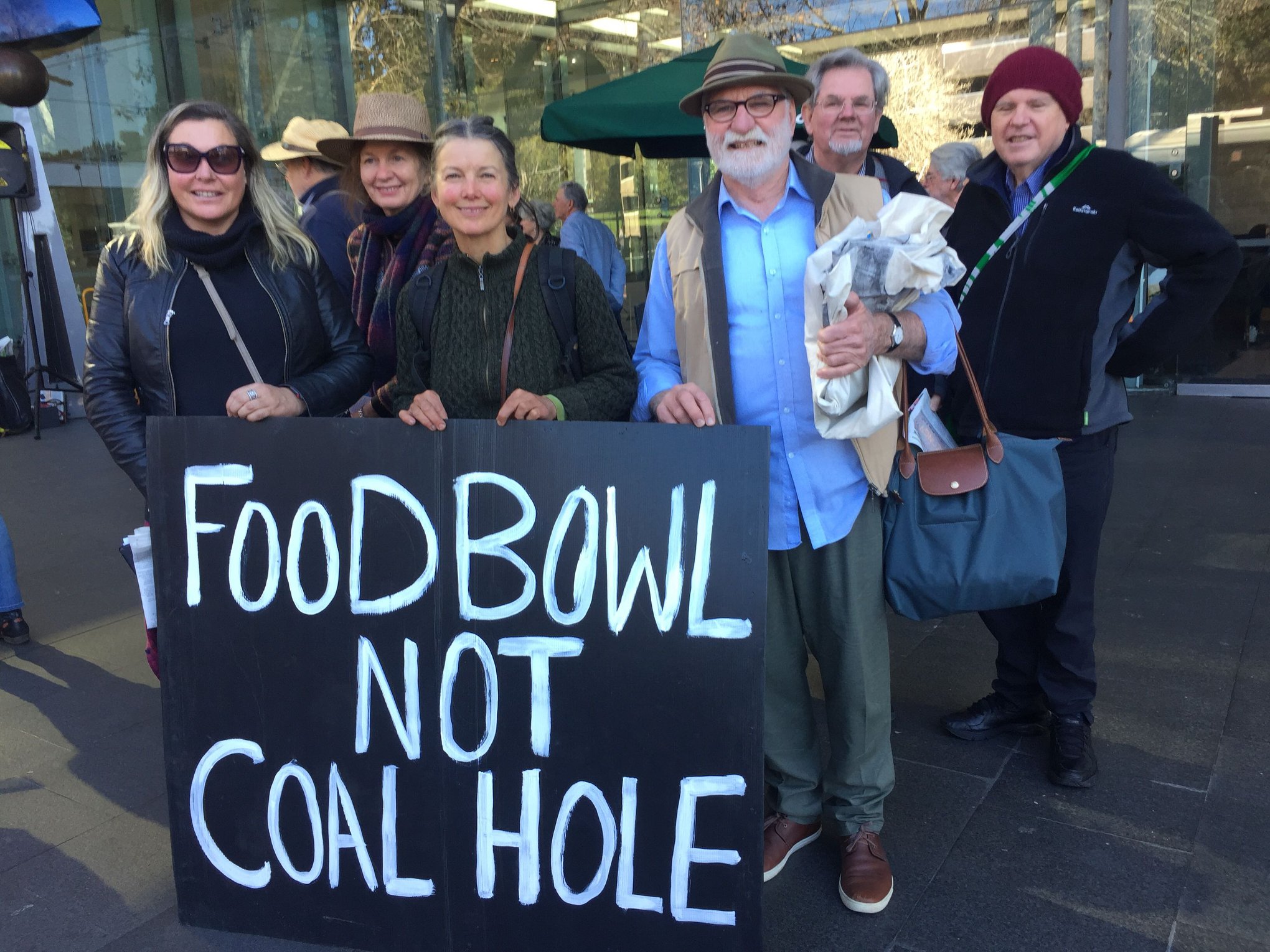
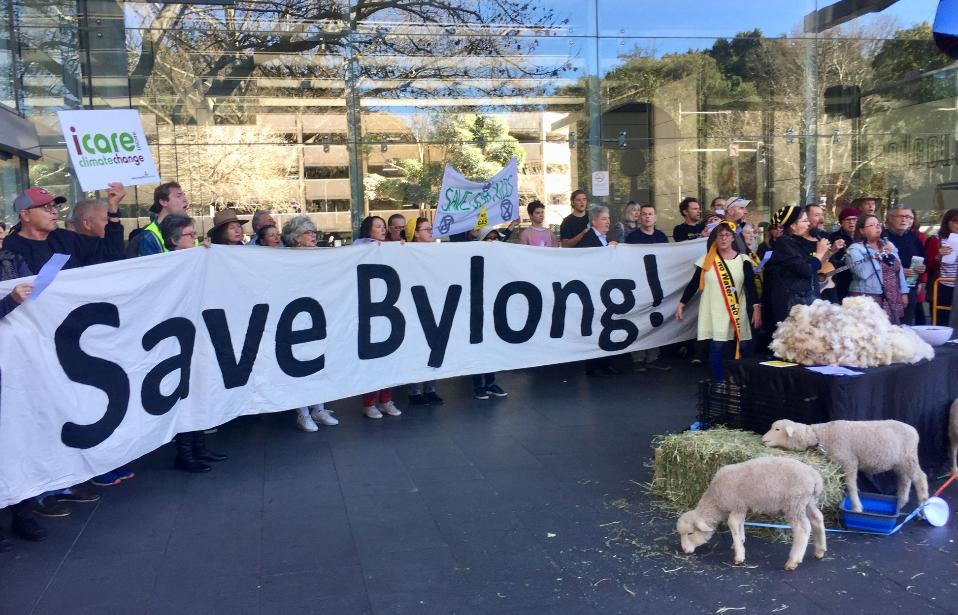
Adani Cyber-Stalks Scientists To Stop Expert Evidence Being Subject To Proper Public Scrutiny: FOI Documents
Catch A Glimpse Of A Humpback Whale
Visit a coastal NSW national park to spot a humpback whale, as they start their annual migration north.
From May to November 2019, over 30,000 humpback whales will migrate from the cold waters of Antarctica to the warmer waters off north east Australia to mate and give birth before heading south again.
Vantage spots for whale watching include national parks with lookouts, headlands and foreshores.
Southern right and minke whales may also be spotted off the NSW coast during migration season.
Keen whale-watchers can download the free Wild About Whales mobile app, which helps users find the best locations for spotting whales, get real-time notifications of nearby sightings, and record their sightings.
Environment Minister Matt Kean said the app is a great tool for the whole family to learn more about whales, while also contributing to a citizen science project.
“Citizen science volunteers and other organisations such as ORRCA do an amazing job of monitoring the number of whales migrating along the NSW coast each season,” Mr Kean said.
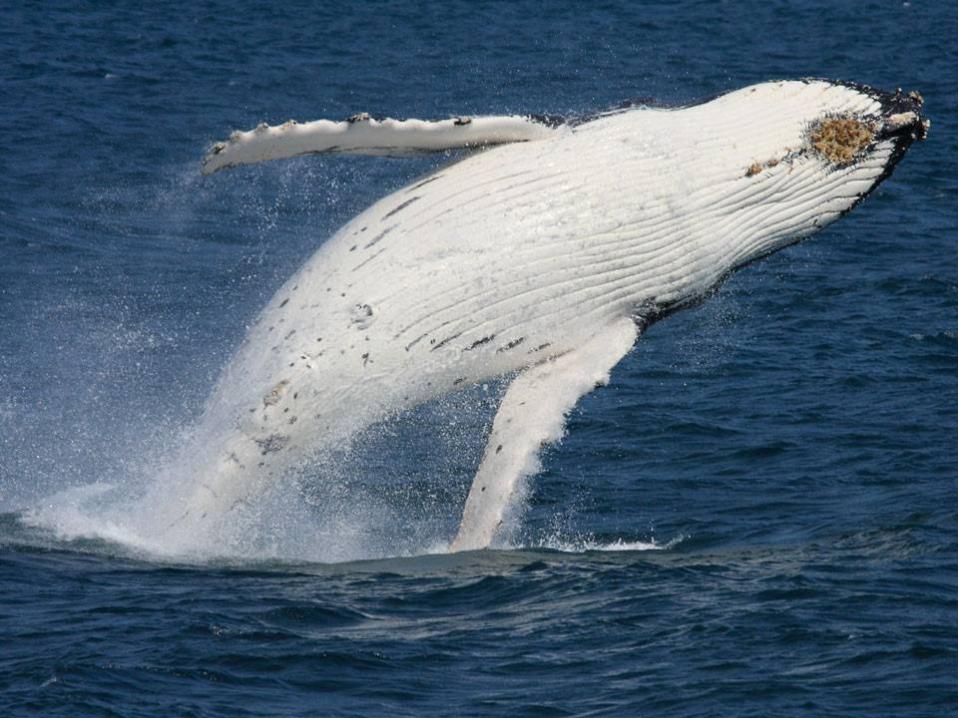
Australian Ants Prepared For 'Insect Armageddon'
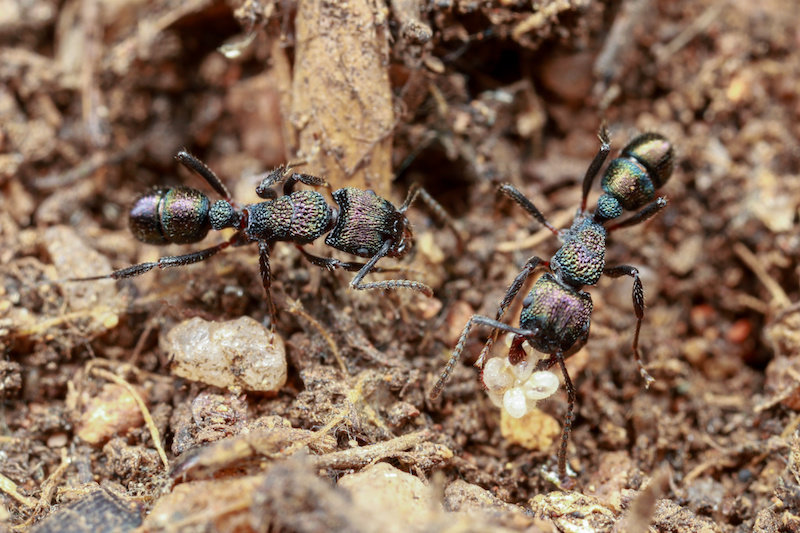
Joshua Trees Facing Extinction
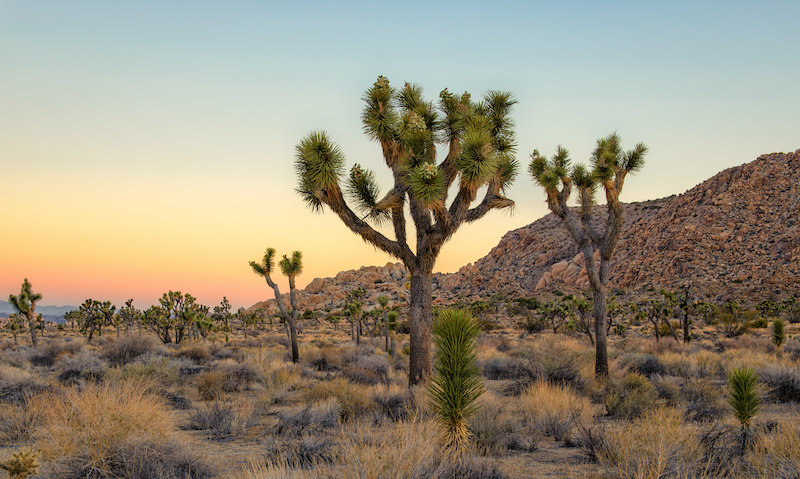
200 Times Faster Than Ever Before: The Speediest Quantum Operation Yet
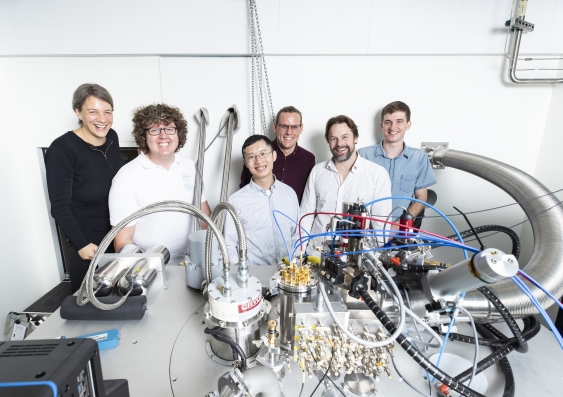
Rate Of Drug-Induced Deaths On The Rise New Report Finds
- Preliminary estimates indicate that there were 1,795 drug-induced deaths among Australians in 2017 (1,591 drug-induced deaths among Australians aged 15-64 years). The number of drug-induced deaths in 2017 is similar to the peak in deaths observed in the late 1990s.
- The rate of drug-induced deaths has been increasing but has not reached the rate observed in 1999 (13.2 versus 9.8 deaths per 100,000 people aged 15-64 in 1999 versus 2017, respectively).
- Consistent with previous years, most drug-induced deaths (72%) in 2017 among Australians aged 15-64 years were considered accidental; one in five (20%) were intentional (68% and 25% for Australians all ages, respectively).
- Higher rates of drug-induced deaths were observed among males than females in 2017 (13.0 versus 6.7 deaths per 100,000 people aged 15-64; 9.4 versus 5.2 deaths per 100,000 all ages), consistent with previous years.
- There has been a shift over time to higher rates of drug-induced deaths in older age groups among both males and females. In 2017, the highest rate of drug-induced deaths among females occurred among the 45-54 age group (10.5 deaths per 100,000 people) and among males in the 35-44 age group (20.9 deaths per 100,000 people).
- Opioids are the main drug cited in drug-induced deaths occurring in Australians aged 15-64 (1,084 deaths, 6.7 deaths per 100,000 people; 1,171 deaths all-ages).
- There are increasing rates of deaths involving other drugs in recent years. In particular, increasing drug-induced deaths involving psychotropic medicines (e.g., benzodiazepines, antipsychotics) and non-opioid medicines used for treatment of certain pain conditions (e.g., pregabalin) are of concern.
- Natural and semi-synthetic opioids (e.g., morphine, oxycodone) have been the most commonly cited opioids in drug-induced deaths throughout monitoring. There have been particular increases in deaths involving heroin and synthetic opioids (e.g., fentanyl) over the past decade.
- Deaths attributed to amphetamine (e.g., methamphetamine, MDMA) have increased since 2010 (93 deaths, 0.6 deaths per 100,000 people aged 15-64 in 2017; 94 deaths all-ages).
Green Light For A New Generation Of Dynamic Materials
- The new material was formed with naphthalenes and the coupling molecules triazolinediones (TADs)
- As long as green LED light shone on the material it remained stable and strong
- Once the light was off and the material was kept in darkness, the chemical bonds of the network structure broke up and the material became soft and liquefied
- The hard-to-soft process could be repeated with the flick of the switch, and the light could be dimmed to modulate the mechanical properties of the material
- Follow on research is looking at other chemical combinations that can achieve the same result
Radiation In Parts Of Marshall Islands Is Higher Than Chernobyl
Global Commission Into Health Inequities Of Mental Illness Gives Blueprint For Change
Why Music Festivals Need A Cultural Change To Combat Sexual Violence
